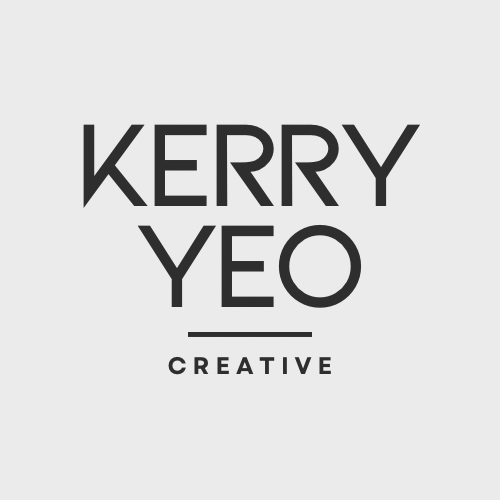
Instagram SEO: How Small Brands Can Optimise Their Instagram for Google Indexing
Share
Google recently confirmed that it’s now indexing content from eligible Instagram accounts, a move that could give small brands a real SEO boost.
After years of Instagram being a bit of a closed shop when it comes to organic search visibility, this is a major step forward. It follows similar updates we’ve seen with TikTok and Pinterest, where Google began surfacing public content in search results.
So, what does this actually mean?
In short, your Instagram posts, including Reels, carousels, captions, and comments can now appear in Google search results and play a bigger role in how new customers discover your brand.
For small businesses and creators, that’s a huge opportunity to increase reach without spending a penny on ads.
Let’s break it down.
Why Instagram SEO Matters Now
According to Forbes, 36% of Instagram users now use the platform to search for products.
People aren’t just scrolling for inspiration anymore, they’re using Instagram as a mini search engine.
With Google’s AI-driven search (and tools like Bard, ChatGPT and AI Overviews) increasingly pulling content from social platforms, social SEO is becoming a core part of how people discover and trust brands online.
Essentially, Google and Instagram are no longer separate ecosystems they’re starting to work together.
What Instagram Content Can Be Indexed by Google?
Only Business or Creator accounts (from users aged 18+) will be crawled and indexed.
If you’re using Instagram professionally, make sure your profile is set to Business Account, this ensures you’re eligible for indexing.
Here’s what Google can index from your account:
Reels
Carousels
Photos
Captions
Public comments
It won’t index story posts or highlights.
If you have older posts that don’t align with your brand anymore, you can opt out of indexing in your privacy settings, but if Instagram is part of your marketing strategy, it’s worth opting in.
How to Optimise Your Instagram Account for Google Indexing
1. Refresh Your Bio
Think of your Instagram bio as your homepage on social media, it’s what tells both users and Google who you are and what you do.
Quick wins:
Verify your account if possible - that blue tick adds trust.
Use a clear, high-quality logo as your profile picture.
Add a category (e.g., “Retail Company” or “Marketing Agency”).
Include a link to your website - or several, if you’re running multiple offers or pages.
Write a short, keyword-optimised bio that includes what you offer and a clear call-to-action.
2. Use Alt Text and Captions for Accessibility
Accessibility isn’t just good UX - it’s good SEO.
Adding alt text to images and closed captions to Reels makes your content more inclusive and helps Google understand what’s in your visuals.
Example: instead of “sofa,” write “three-seater grey velvet sofa with oak legs.”
The more descriptive your alt text, the better Google can index your visuals accurately.
Also, always double-check auto-generated captions — they’re often not 100% accurate.
3. Optimise Captions with Keywords and Context
Your Instagram captions are now doing double duty: engaging your followers and helping you rank on Google.
Tips:
Naturally include relevant keywords - like “vegan skincare routine” or “handmade candles in Yorkshire.”
Tag your location when it’s relevant (especially for local SEO).
Add context to promotions - e.g., end dates or discount info.
Keep it natural though - no one wants to read a caption stuffed with repetitive keywords.
4. Encourage User-Generated Content (UGC)
AI tools and search engines love authentic, experience-based content - which is why Reddit posts, product reviews, and UGC now appear more often in AI answers.
Encourage your customers to share how they use your products and tag your account or campaign hashtag.
This not only boosts brand reach on Instagram but also increases your visibility on Google by surfacing real voices and experiences.
What If You’re Not on Instagram?
No panic.
Not every business needs to be on Instagram, especially if your audience isn’t active there.
But it’s worth considering if visual storytelling could support your marketing goals. A strong social presence can indirectly improve SEO by:
Driving referral traffic to your website
Increasing branded searches
Building backlinks from social mentions
Final Thoughts
Instagram SEO is a brand-new frontier and the brands that start optimising now will have a head start.
Even if the full impact of Google’s indexing isn’t clear yet, the direction is obvious: social media and search are merging, and authenticity is at the centre of it all.
So, take time to optimise your bio, write smarter captions, add alt text, and encourage user-generated content.
By doing that now, you’re setting yourself up for stronger visibility later, not just on Instagram, but across Google search too.
